By Debra Claxton
Even though we have many paper resources, often we do not have the exact color we want or need. What determines this need? Well, it often depends on the images we choose for a project. For instance, I was given the interesting lady in red below. To use this image I know I will start with an interesting background - which is probably where we all begin. I try some plain papers…first in complementary colors (green is opposite red on the color wheel). Then I try analogous colors; related colors around the color wheel (red, pink & purple).
I have decided on a green background. Now my issue is: I do not want just a plain background. I know I can paint something myself and add texture. But I can also alter the color of craft paper, and this is what I choose - because I want an interesting vintage pattern to match the lady’s vintage style. I have assembled my paper choices, and now I need to work with choosing the right tone of green.
I don’t have room to store every bottle of green paint from the craft store! So I stock a few, knowing I may need like to change them a little. There are two easy ways to do this. The first is to make the color less brilliant (or less saturated than the original manufacturer’s hue). And the easiest way to do this is to add little bits of the color’s complement to your paint. You can see below how adding drops of green changes red - and what drops of red do to alter green. In equal amount they make a neutral tone.
A second way to alter your paint color is to change the darkness or lightness - its value. This is done using black and white.
Before you begin: tape the paper down so it does not curl, then mix your colors (I use a paper plate or palette paper), and always use a flat soft brush. You may also need to thin the paint with water to be sure the pattern of the craft paper is visible.
Even though we have many paper resources, often we do not have the exact color we want or need. What determines this need? Well, it often depends on the images we choose for a project. For instance, I was given the interesting lady in red below. To use this image I know I will start with an interesting background - which is probably where we all begin. I try some plain papers…first in complementary colors (green is opposite red on the color wheel). Then I try analogous colors; related colors around the color wheel (red, pink & purple).
I have decided on a green background. Now my issue is: I do not want just a plain background. I know I can paint something myself and add texture. But I can also alter the color of craft paper, and this is what I choose - because I want an interesting vintage pattern to match the lady’s vintage style. I have assembled my paper choices, and now I need to work with choosing the right tone of green.
I don’t have room to store every bottle of green paint from the craft store! So I stock a few, knowing I may need like to change them a little. There are two easy ways to do this. The first is to make the color less brilliant (or less saturated than the original manufacturer’s hue). And the easiest way to do this is to add little bits of the color’s complement to your paint. You can see below how adding drops of green changes red - and what drops of red do to alter green. In equal amount they make a neutral tone.
A second way to alter your paint color is to change the darkness or lightness - its value. This is done using black and white.
Before you begin: tape the paper down so it does not curl, then mix your colors (I use a paper plate or palette paper), and always use a flat soft brush. You may also need to thin the paint with water to be sure the pattern of the craft paper is visible.
Below are my experiments. For samples on the left of the lady in red: I put about a tablespoon of green paint on my plate, then I mixed a tiny bit (think a cookie crumb size) of red into my green - which should make the green change(if it does not - add a tiny bit more red). Then paint a section of your craft paper. Next, add a bit more red to the same green. Mix, & paint more paper. Then do it a third time - resulting in one pile of very dark green paint. For samples on the right of the lady in red: I put 3 separate teaspoons of green on my plate. To one I added white, to another I added a speck of black, and one was left untouched. I used these values to paint three sections of craft paper. I now have a variety of paper pieces to choose from, which gives me more creative choices.
Each hue on the color wheel can be changed in the ways discussed above. Color complements can be used to tone each other down in brilliance (saturation) and black & white change the lightness / darkness (value). You don’t have to spend a lot of money on craft paint in order to have fun with color and use it to your advantage!
Each hue on the color wheel can be changed in the ways discussed above. Color complements can be used to tone each other down in brilliance (saturation) and black & white change the lightness / darkness (value). You don’t have to spend a lot of money on craft paint in order to have fun with color and use it to your advantage!

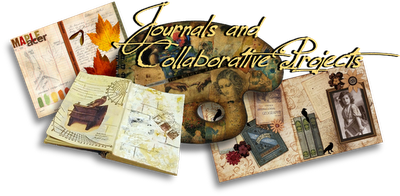
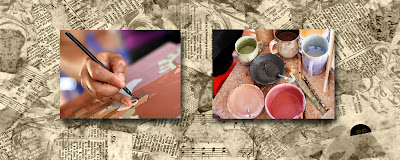

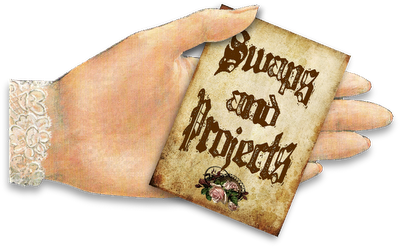
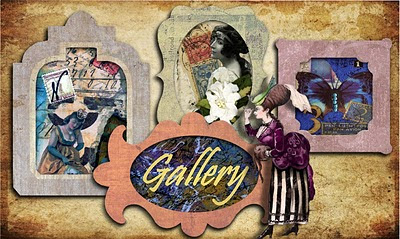
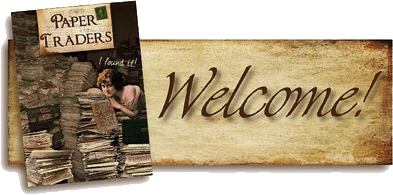
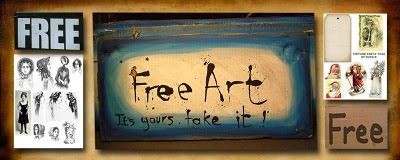




2 comments:
Great post Deb!
Thanks Jo - there are always a lot of challenges with color when you work in the arts!
Post a Comment